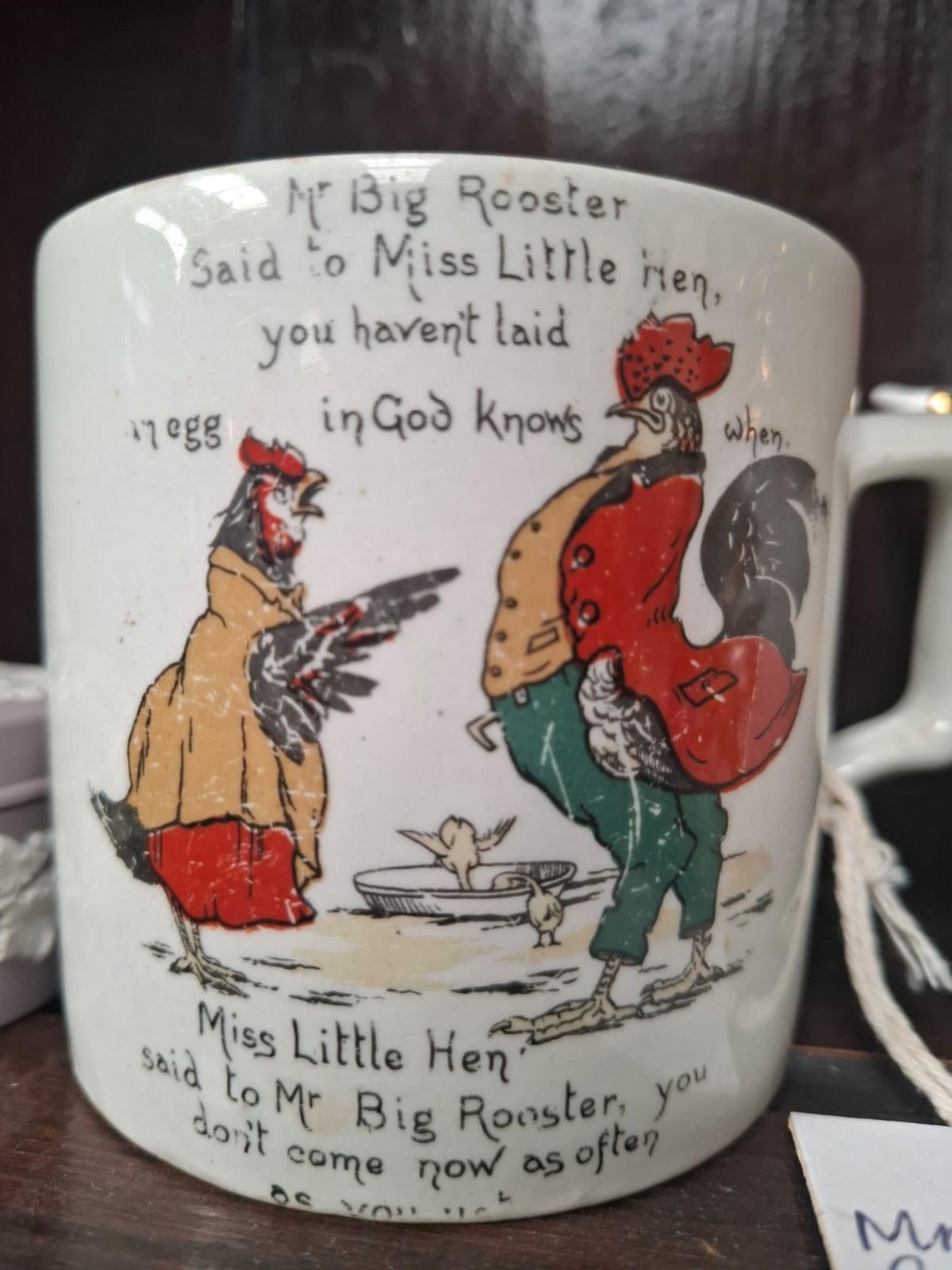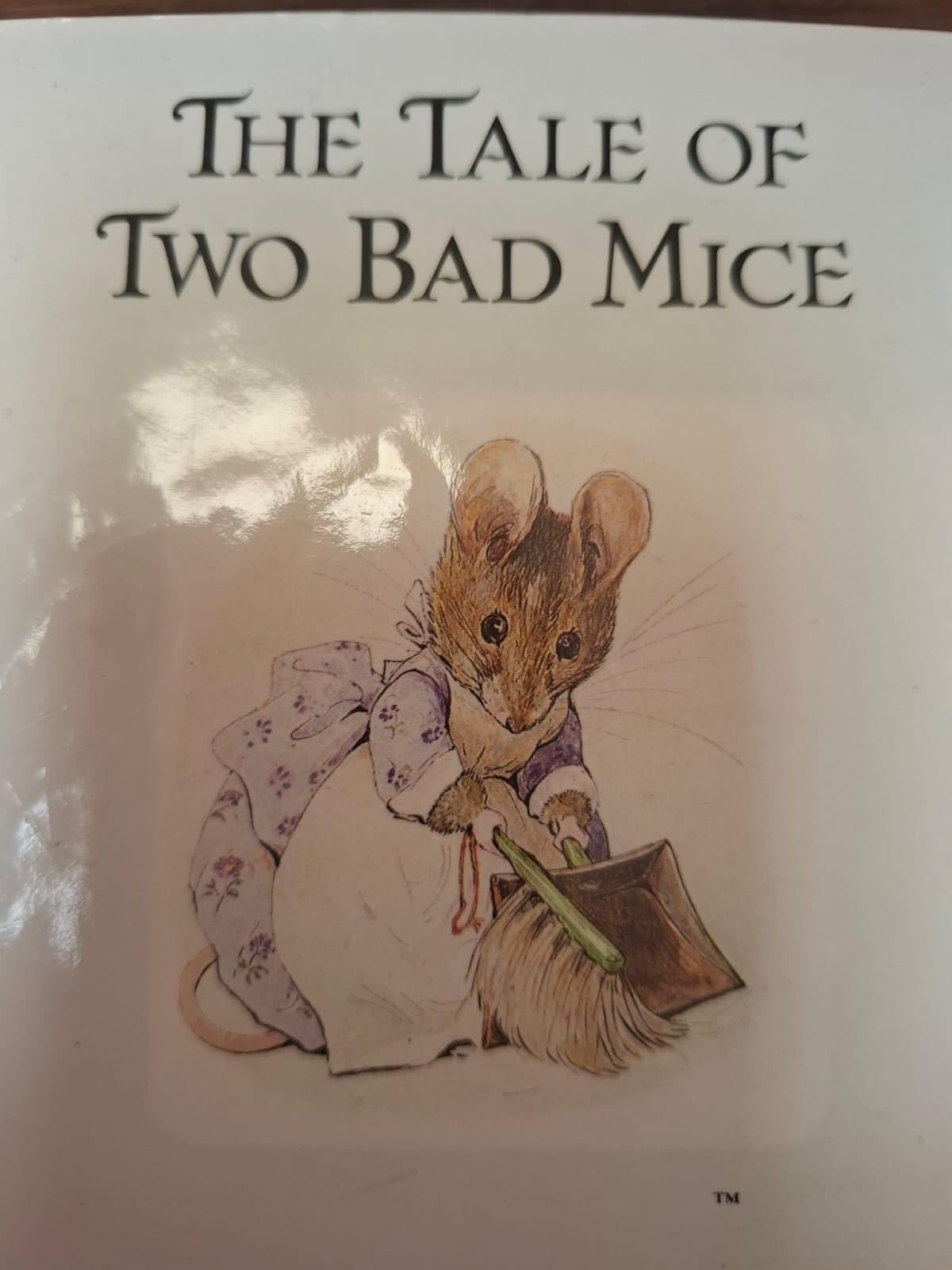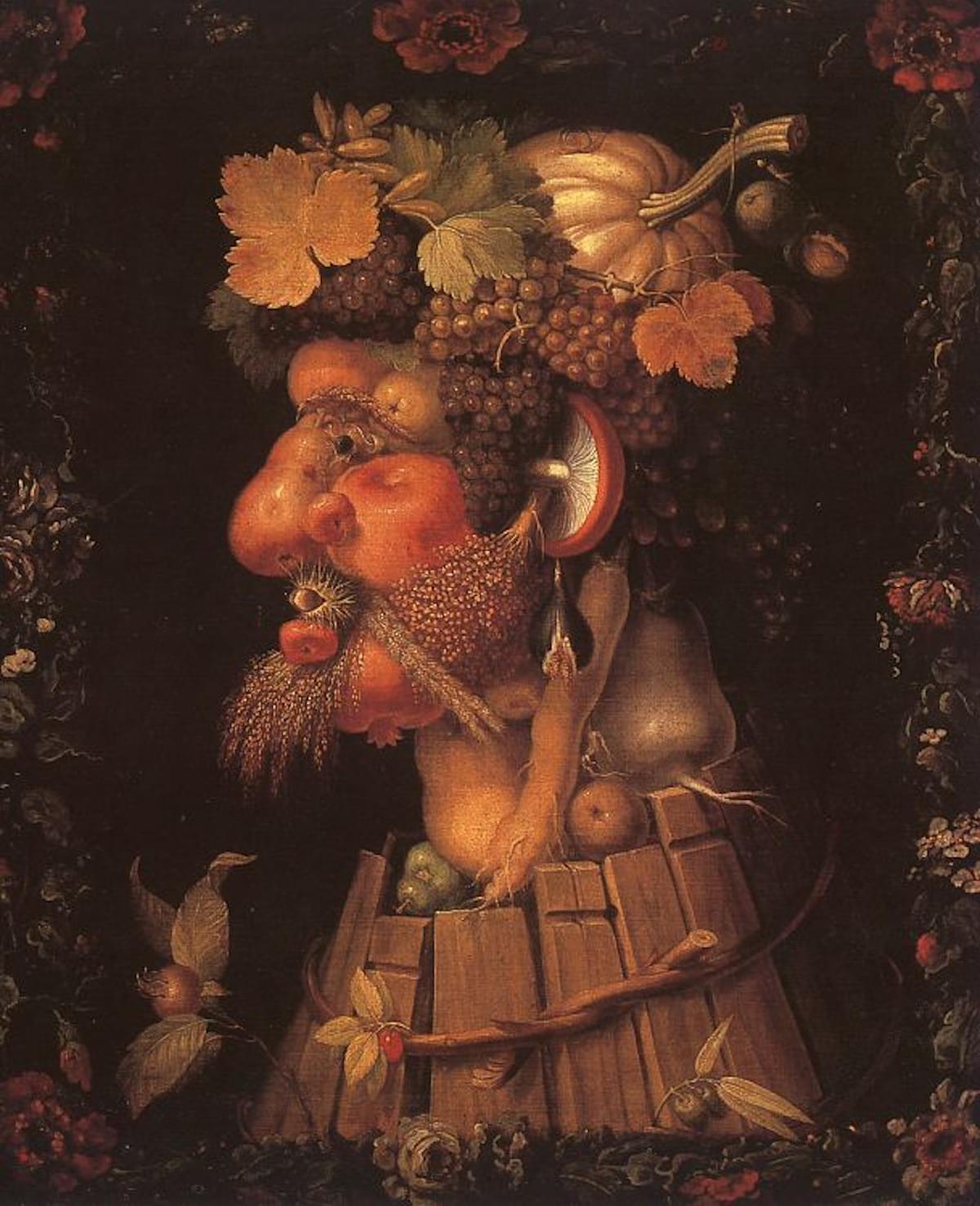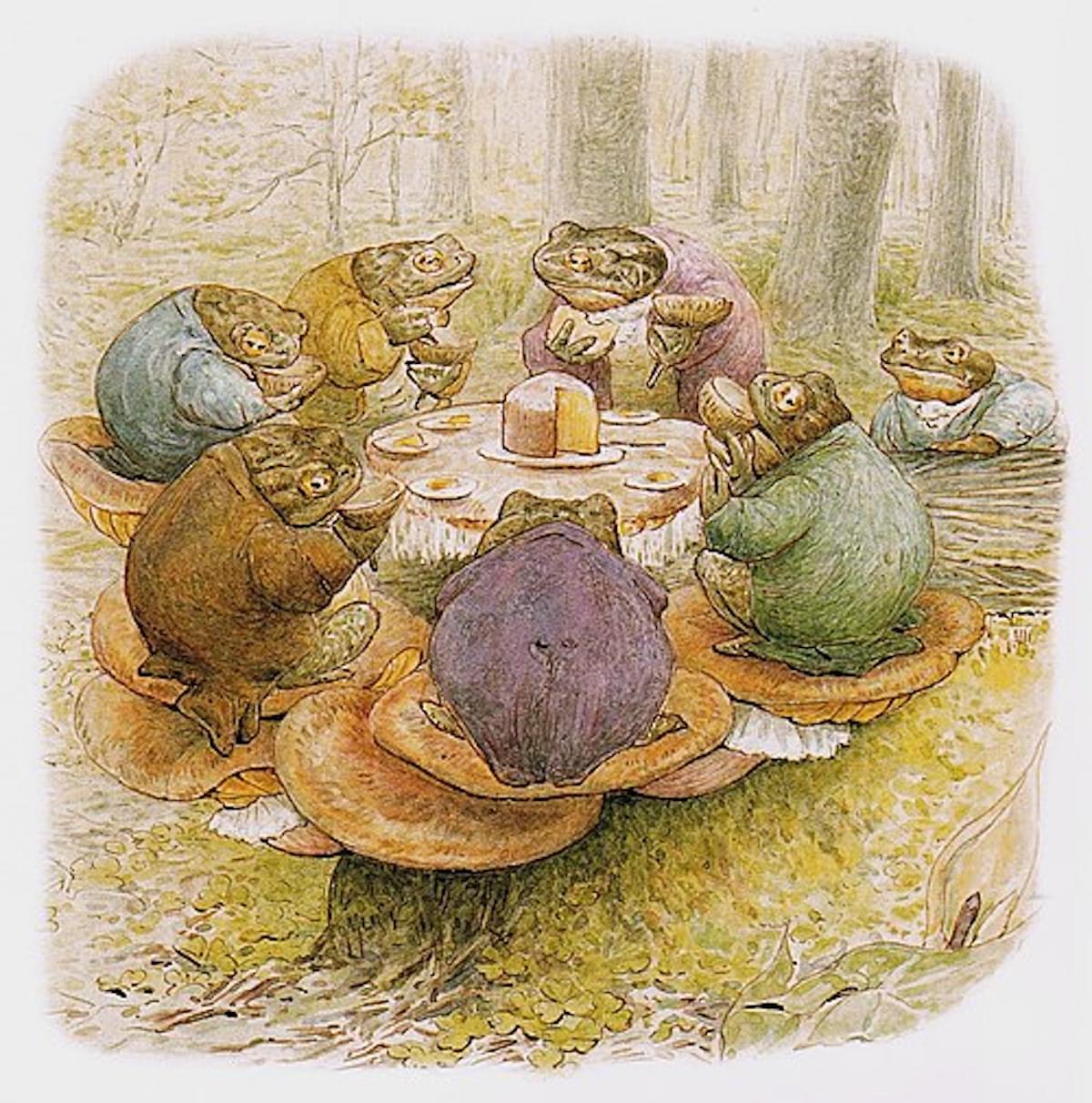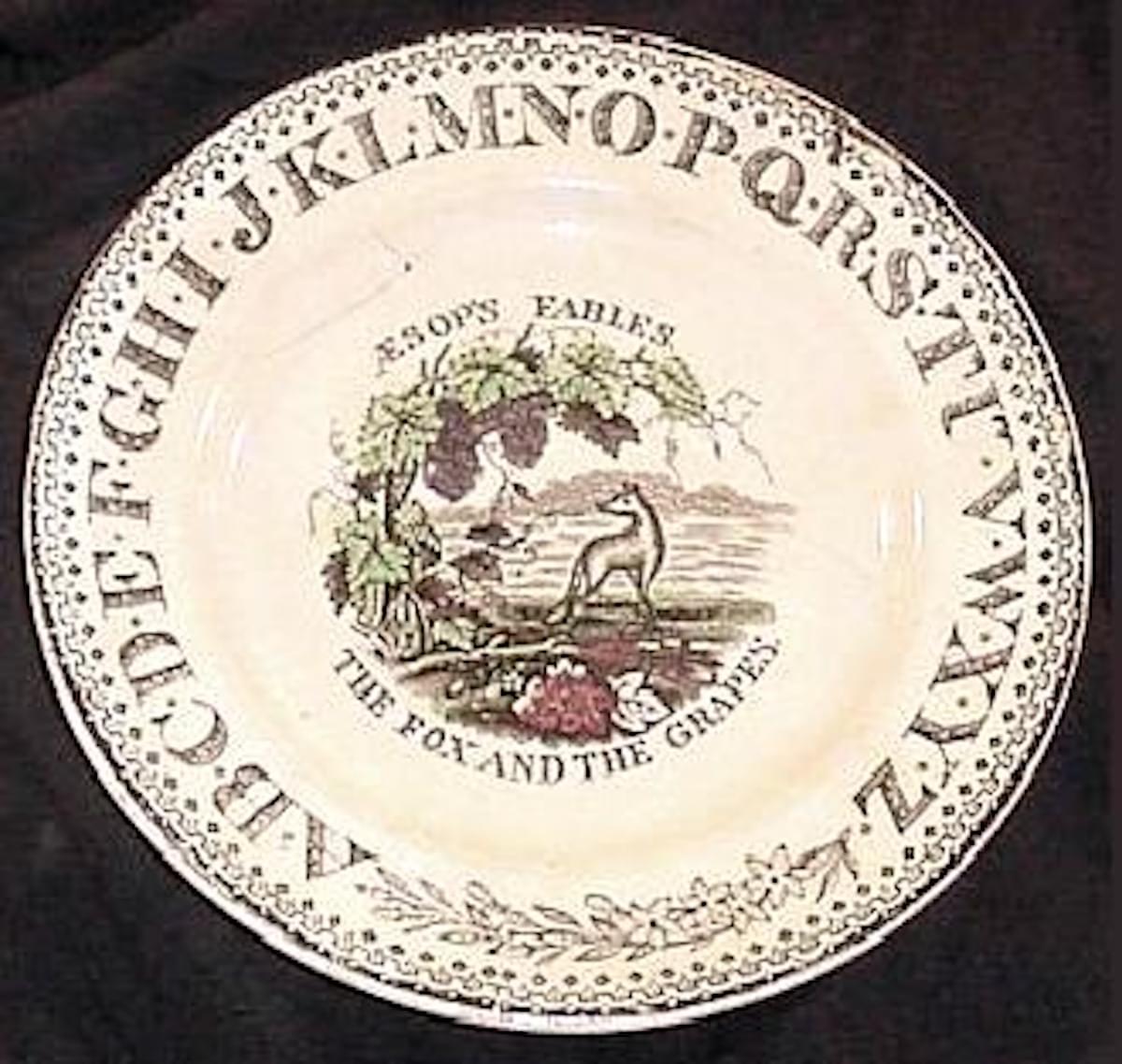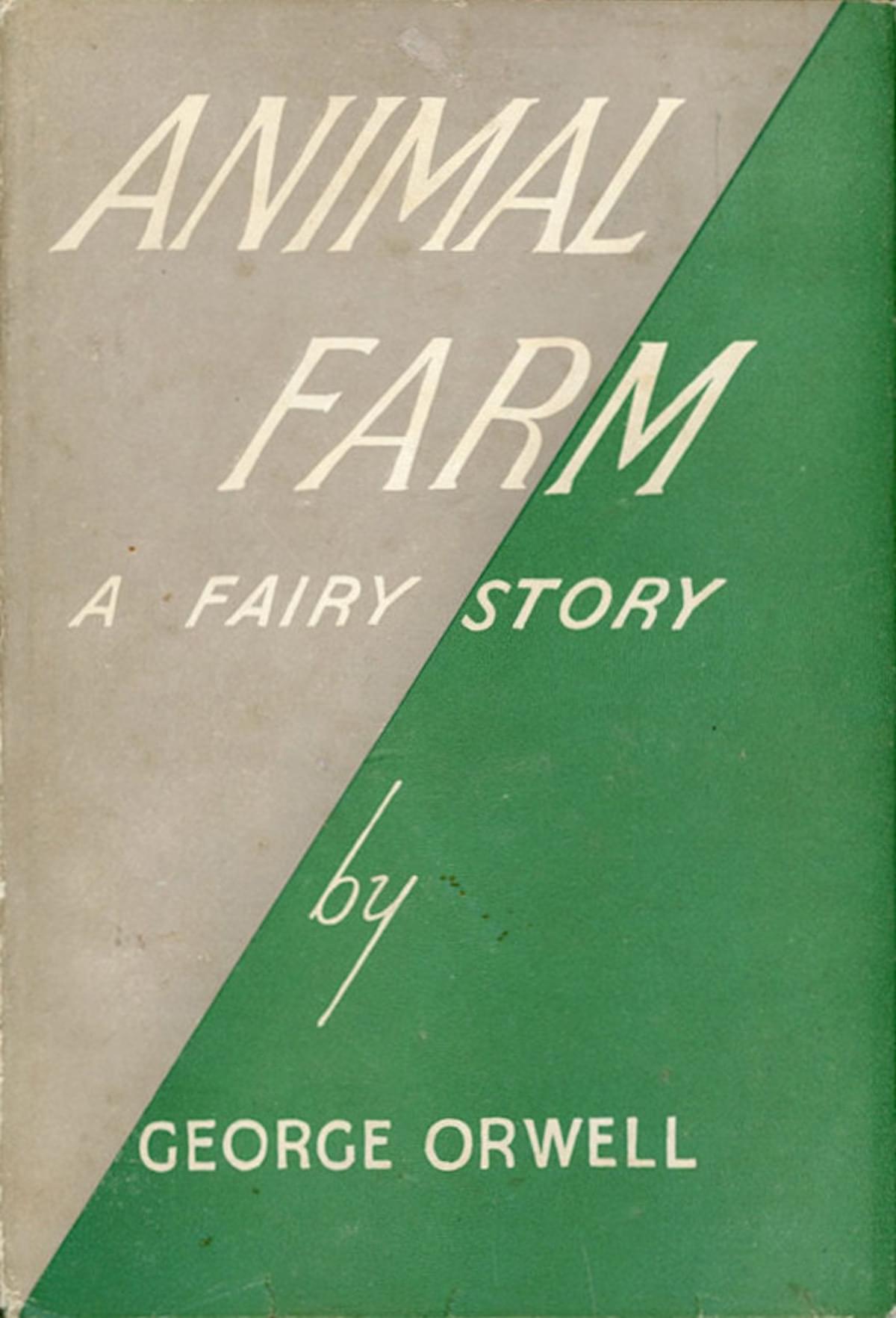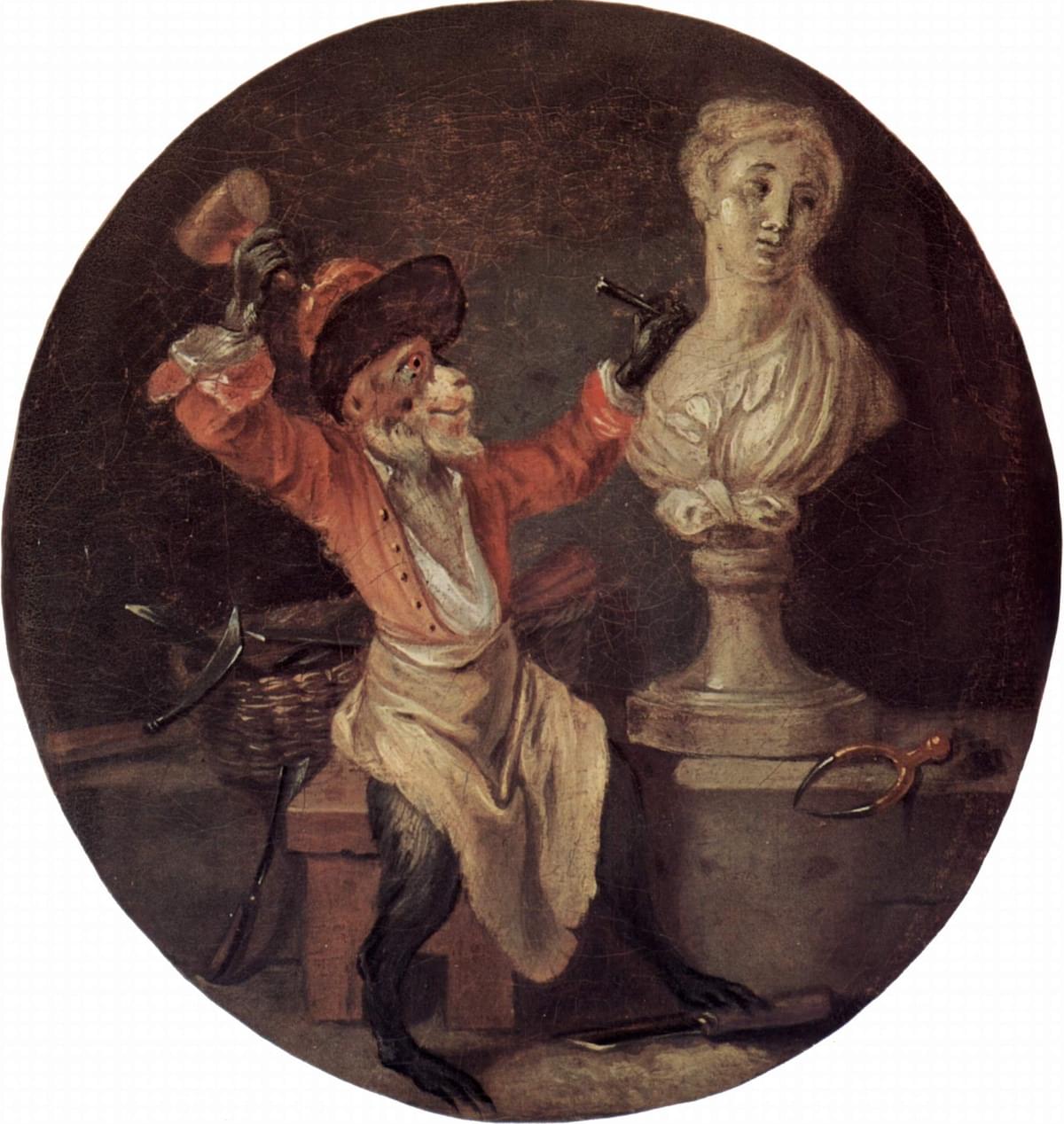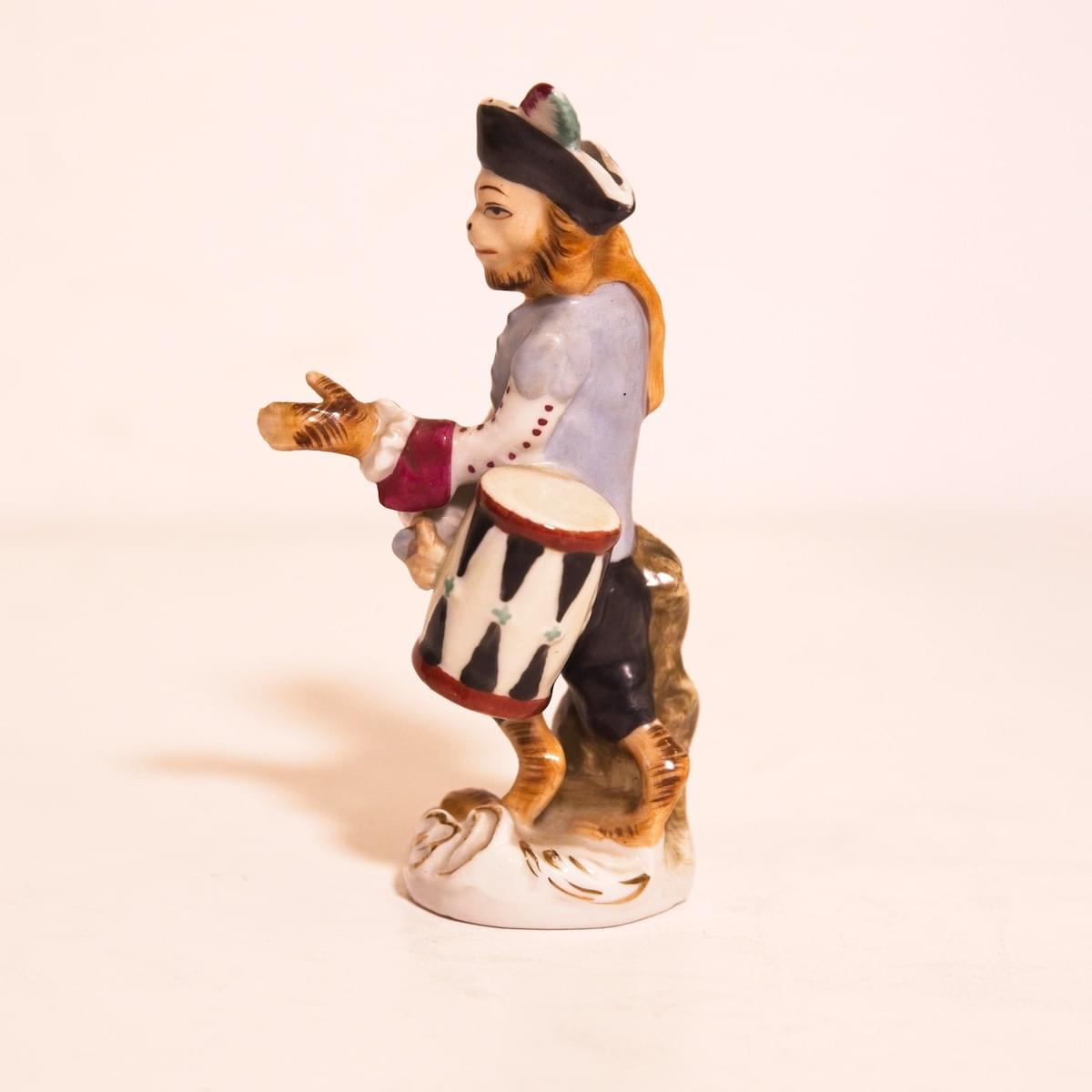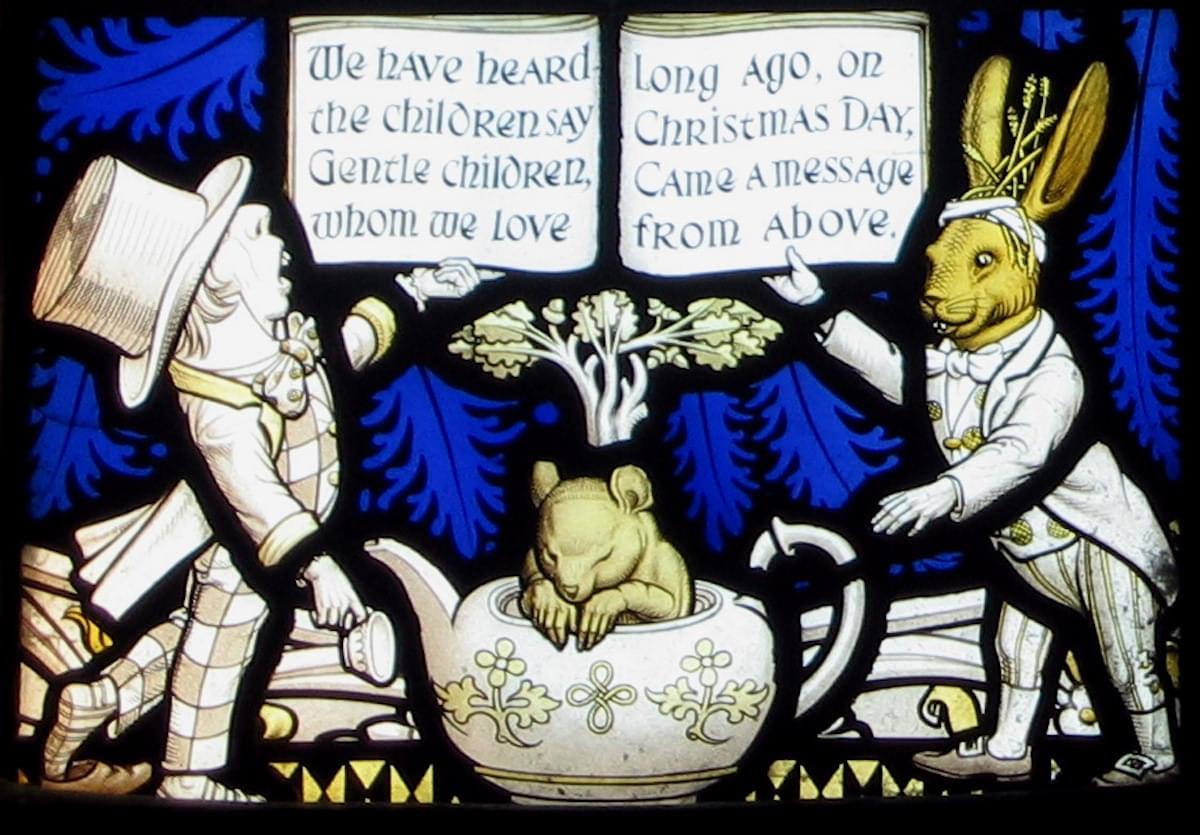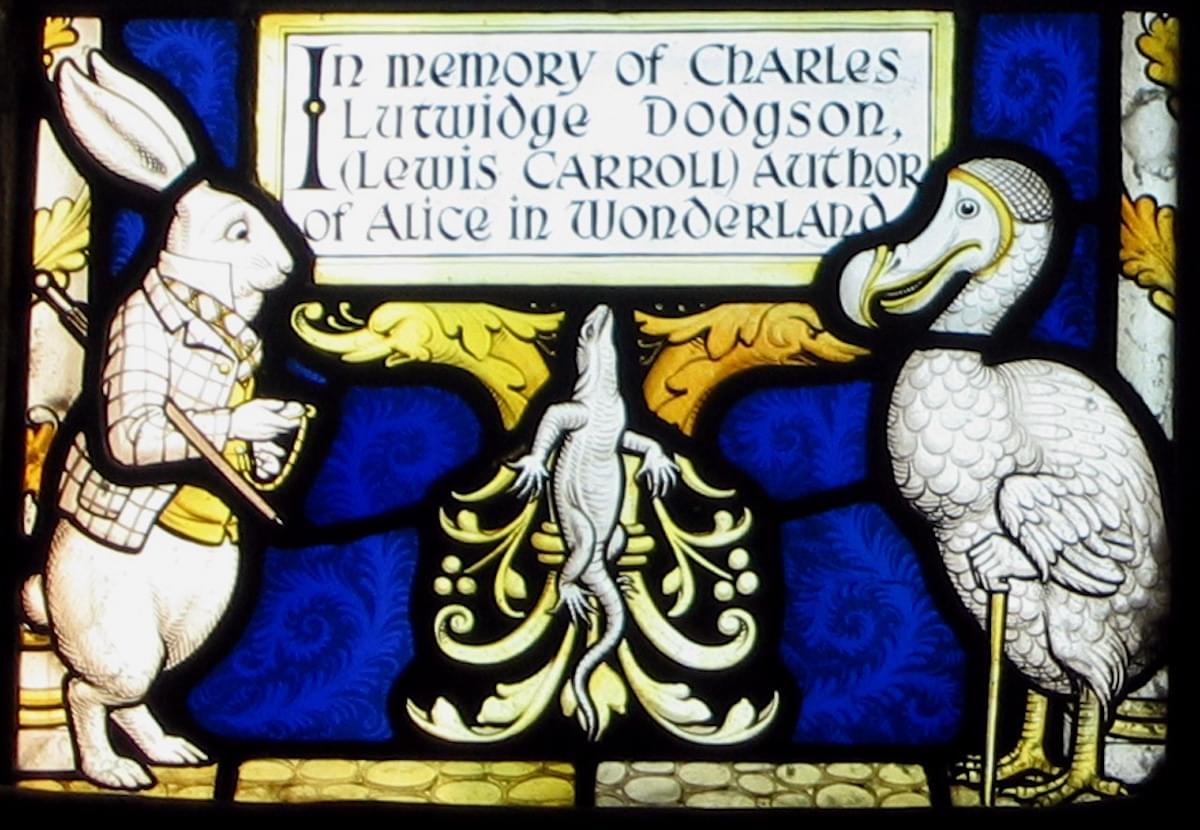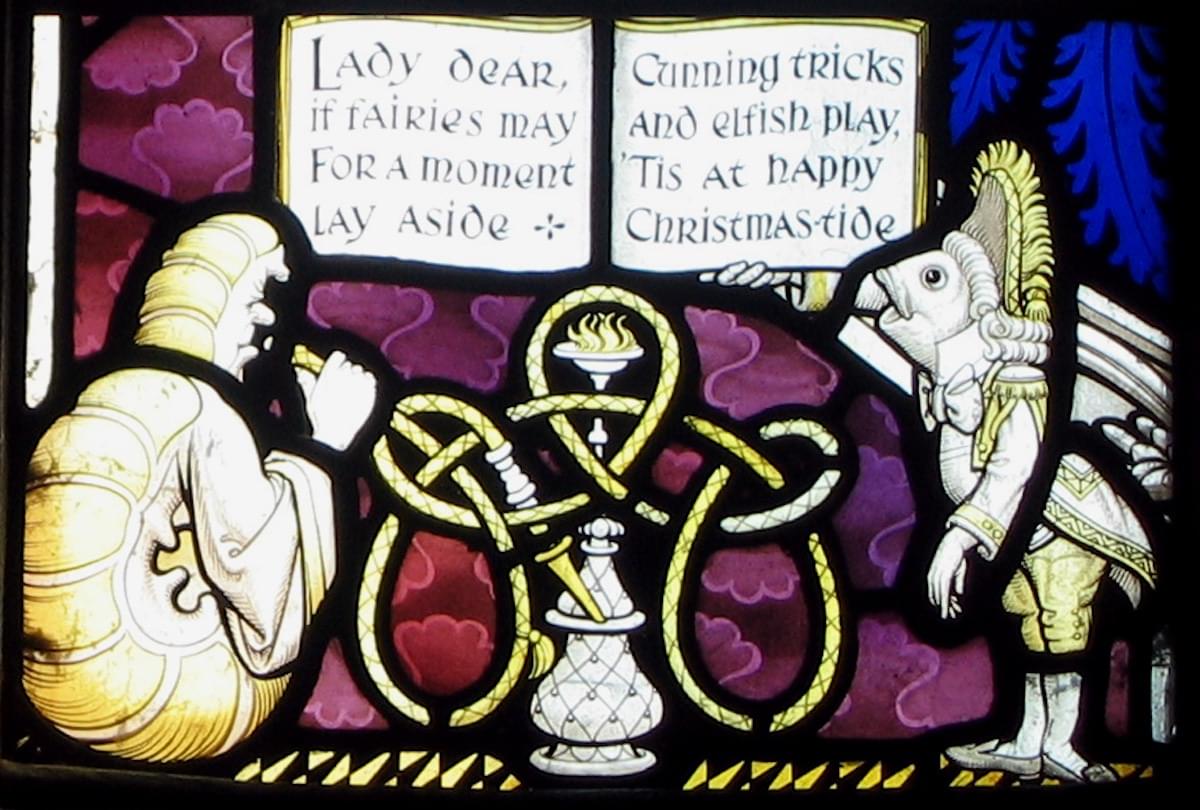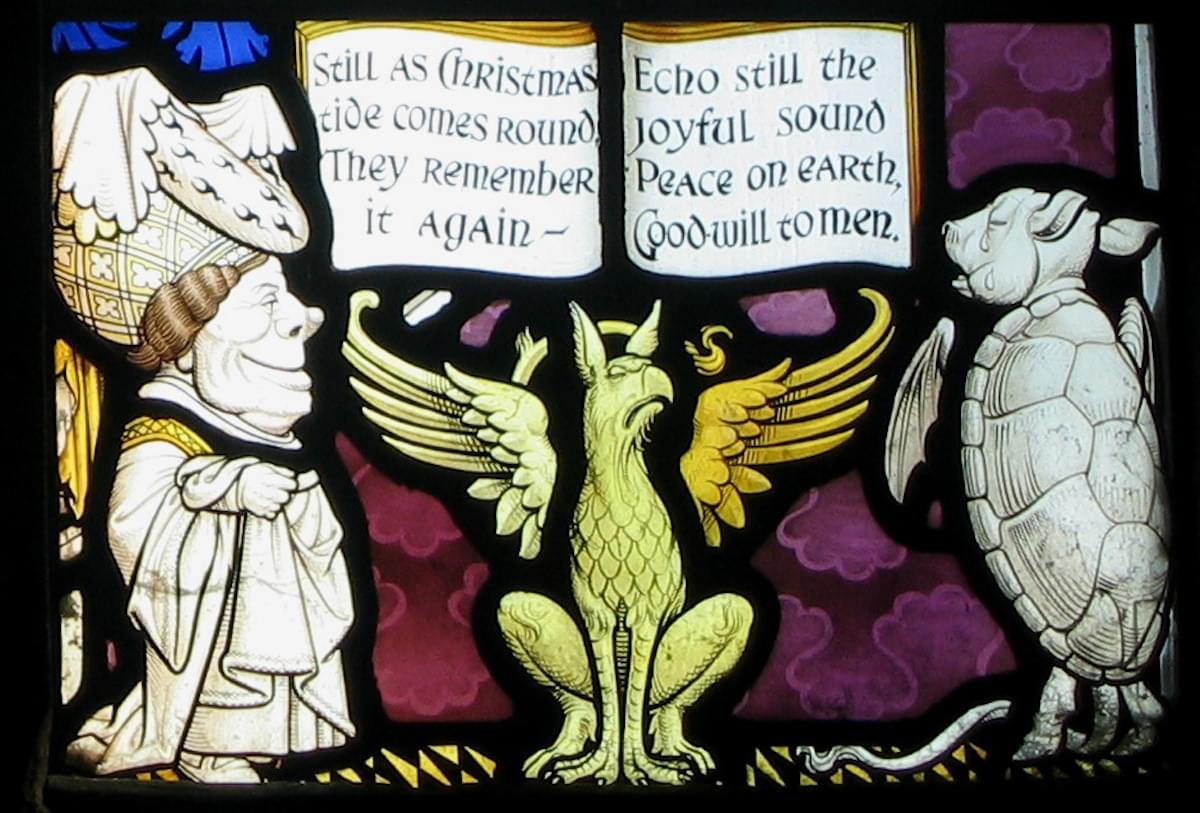CHRISTLETON
Curios and Curioser

BY PHILIP HARLAND
Why We Love Animals Acting Like People
Anthropomorphism in the World of Collectables
-
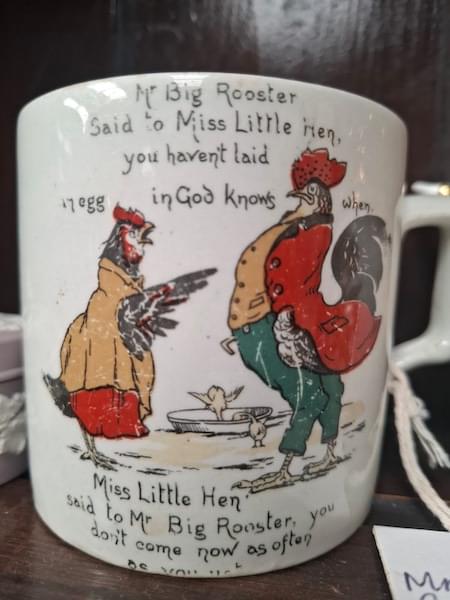
Miss Little Hen
-
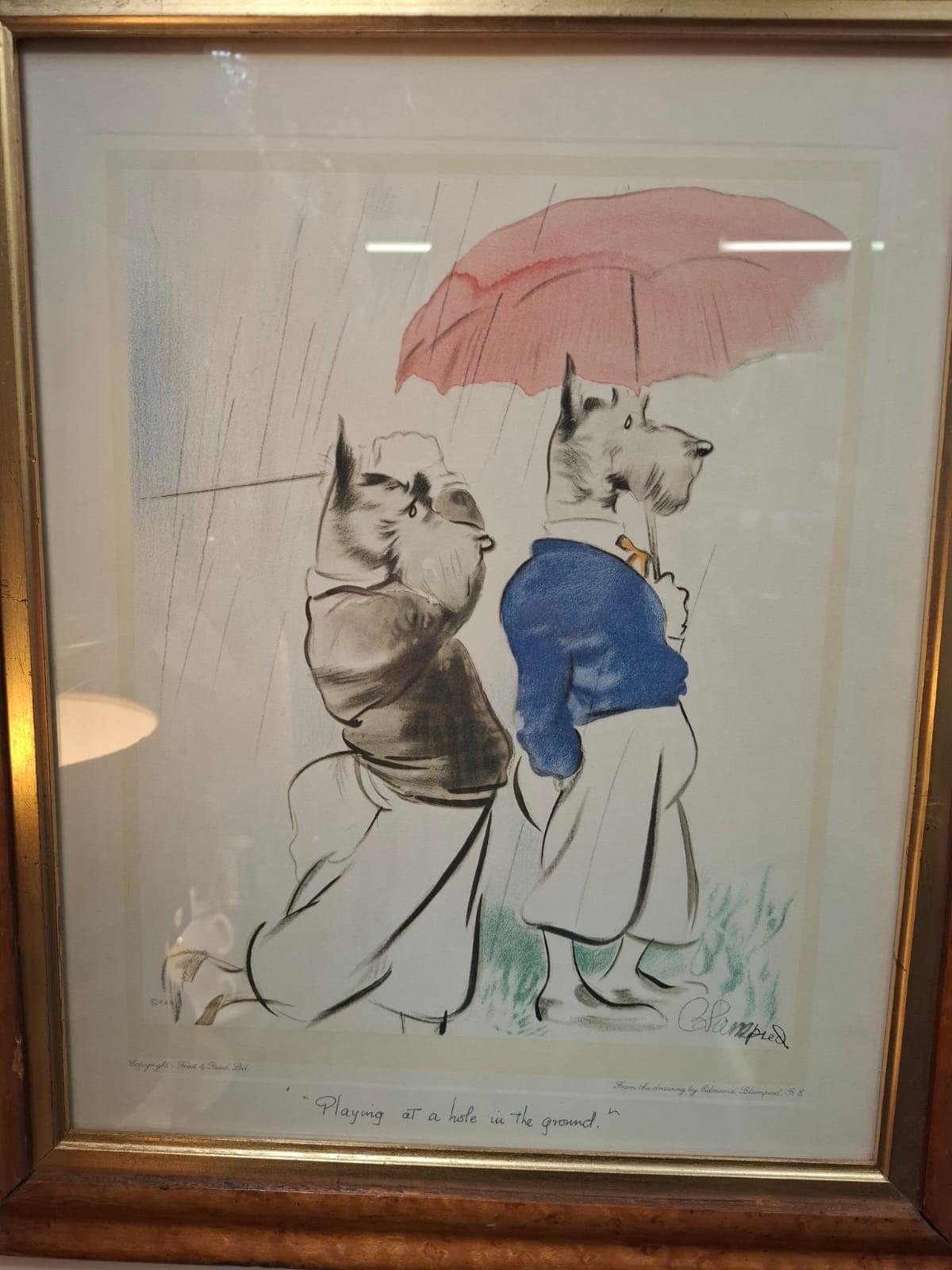
-
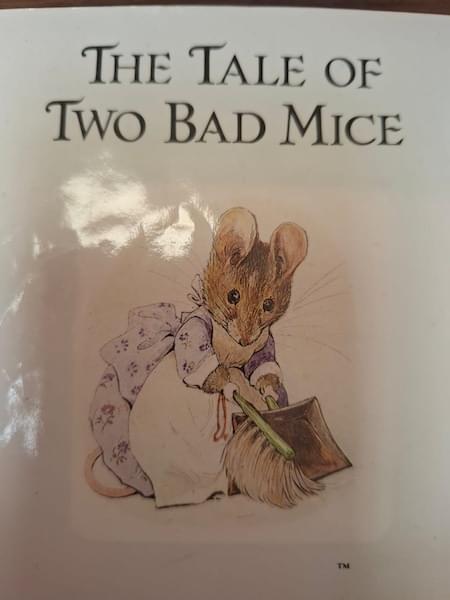
Beatrix Potter, Two Bad Mice
Next time you visit an antique centre, take note of how many items depict animals as people or vice versa. You may be surprised by the abundance of anthropomorphic designs in cartoons, porcelain figures, and children's books, all with one thing in common: they portray animals with human traits.
In the mid-16th century artist Guiseppe Arcimboldo produced numerous oil portraits of human faces; it is only on closer inspection that you see each face is made up of pictures of fruit, vegetables, tree roots, fish blended to create the illusion of a person.
-
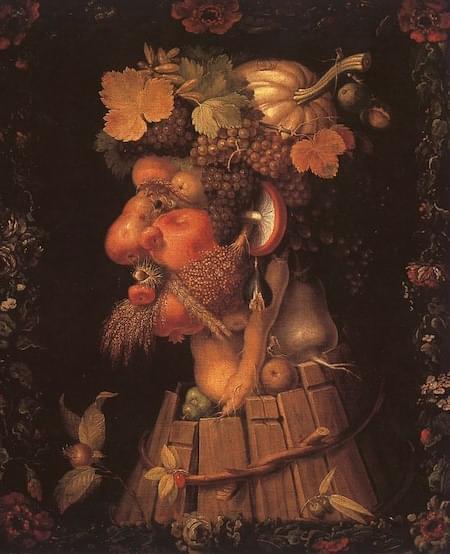
Guiseppe Arcimboldo oilpainting
-
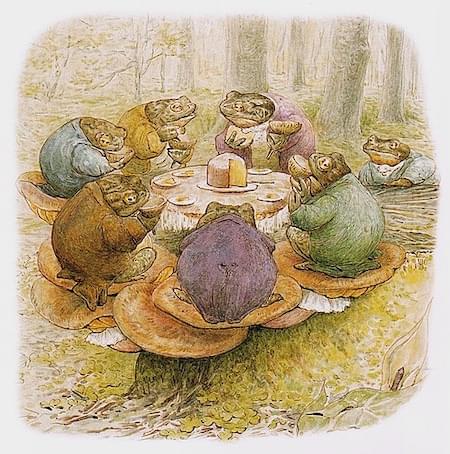
Toads Tea Party, Beatrix Potter
-
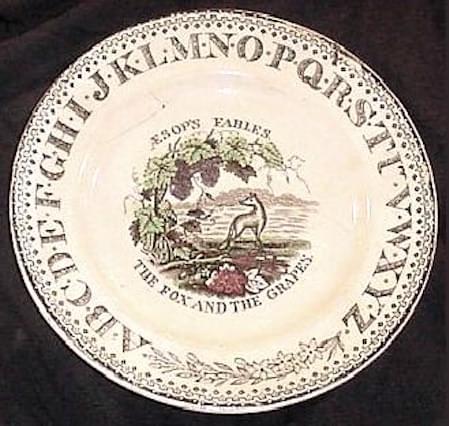
Brownhills Alphabet Plate
-
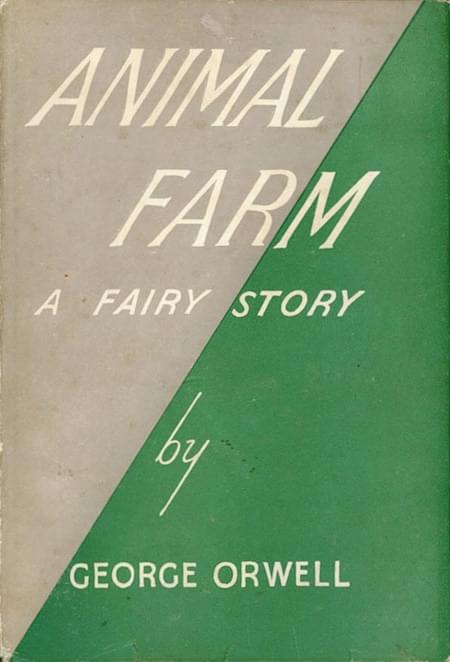
George Orwell, First edition of Animal Farm
Less surreal but known to millions are the stories attributed to Aesop in which animals are endowed with human characteristics such as cunning, laziness, stupidity. Closer to our own time both Beatrix Potter and Rudyard Kipling have charmed us all at some point with their memorable depictions of rational, thinking animal characters. And let’s not forget the much darker portrayal of 20th century politics in George Orwell’s ‘Animal Farm’; the characters of Snowball, Napoleon, Squealer, Boxer and so many others in Orwell’s satirical ‘fairy story’ continue to have huge resonance in 2025!
‘The Monkey Sculptor’, Antoine Watteau, 1710
-
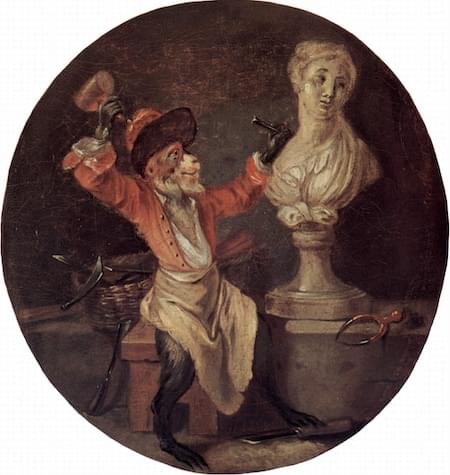
Antoine Watteau Oilpainting
Monkey Orchestras have got to be one of the most extraordinary examples of anthropomorphism. By the 18th century ‘Singerie’ - the depiction of monkeys in human environments carrying out human activities - had become the height of fashion. Not surprisingly the royal and exclusive Meissen factory took up the baton and created exquisitely modelled monkeys playing different musical instruments. These rare figurines are still worth a fortune, commanding huge sums when they occasionally come up for auction; fortunately for the rest of us they have been copied by many lesser producers through the centuries!
-
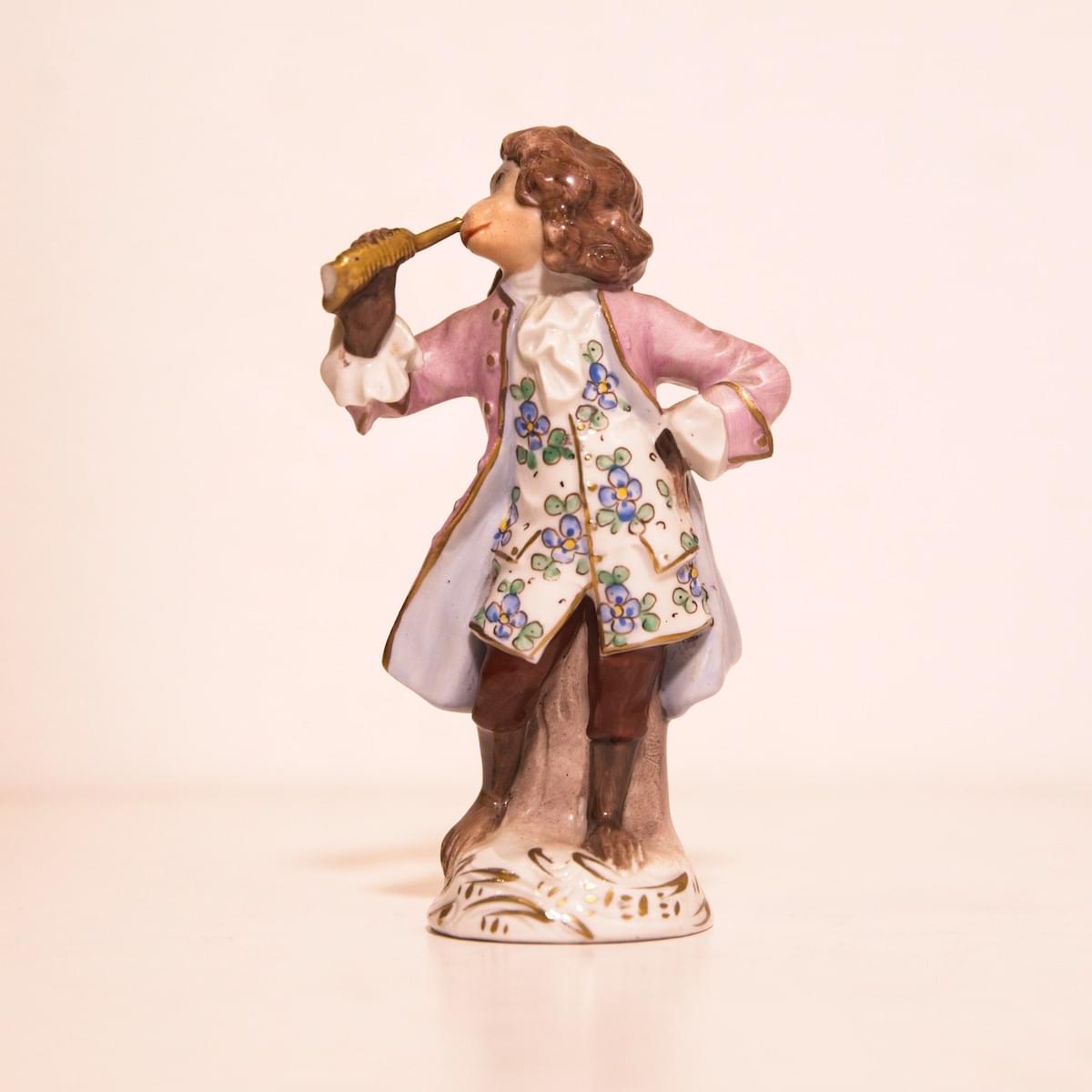
Capodimonte, Orchestra Member
-
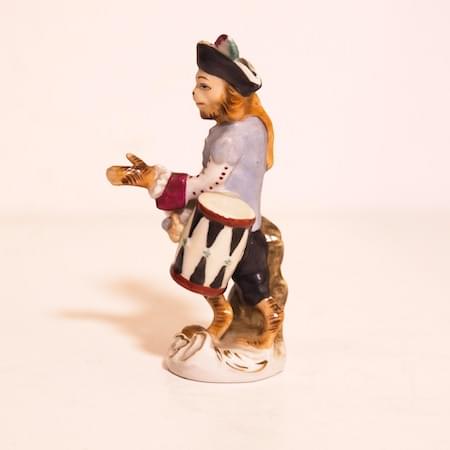
Capodimonte, Monkey Orchestra Member
The two orchestra members pictured here are late 20th century Capodimonte copied from original Meissen figurines
It is always a great satisfaction to find local examples of my Curious and Curiouser topics: anthropomorphism is no exception. Not far from Chester, in the parish church of Daresbury is an entire stained-glass window dedicated to Lewis Caroll who, of course was master of humanoid animals. His creations, the March Hare, Mad Hatter, the Dodo need no further illumination here. The window, created by Geoffrey Webb in 1935 is, however well worth a visit. Keep a look out for the Cheshire Cat!
-
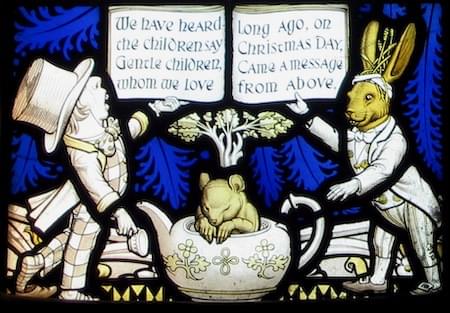
Daresbury Church Window showing the Mad Hatter
-
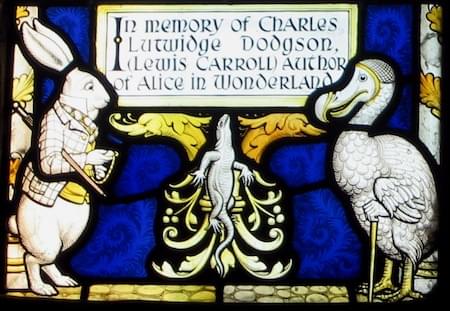
Daresbury Church Window showing the White Rabbit
-
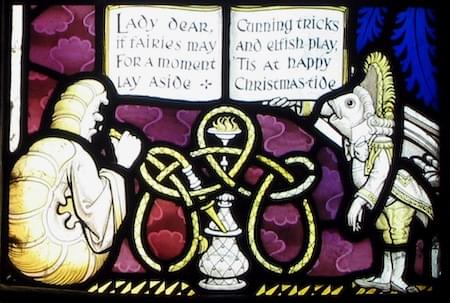
Daresbury Church Window showing the Caterpillar
-
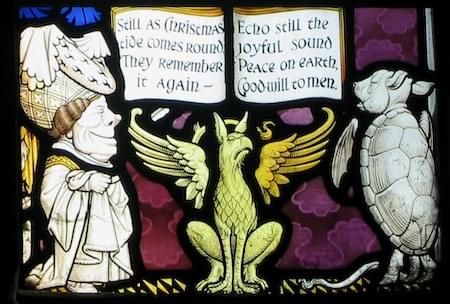
Daresbury Church Window showing the Queen of Hearts
